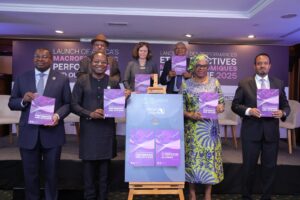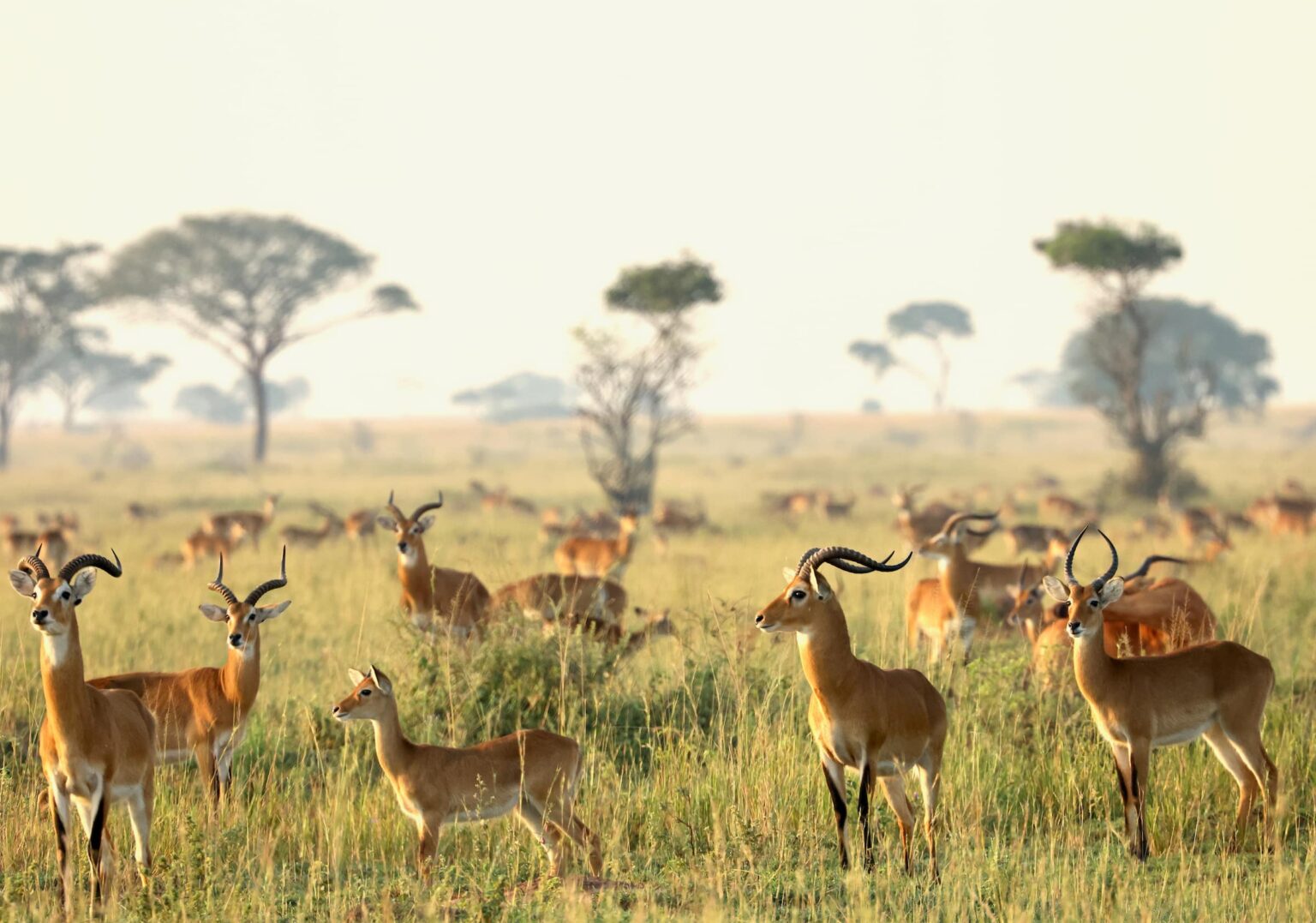- South Sudan has vast natural resources in fisheries, forestry, and wildlife, offering potential for inclusive economic growth if managed sustainably.
- The World Bank’s Natural Resource Review highlights strategies like community-based management, investment in value chains, and improved governance to unlock this potential.
- By addressing challenges such as poor infrastructure and resource depletion, South Sudan can diversify its economy and reduce dependence on oil.
South Sudan is a nation endowed with abundant renewable natural resources, offering vast opportunities for sustainable development. According to the newly released South Sudan Natural Resource Review (NRR) report by the World Bank, the country’s fisheries, forestry, and wildlife sectors are poised to play a crucial role in driving inclusive economic growth.
However, achieving this requires strategic investments, better management practices, and community-driven approaches to harness these resources sustainably.
The wealth of natural resources in South Sudan
South Sudan’s natural habitats are among the most diverse in Africa, providing its relatively small population with significant resources to meet basic needs such as food, water, and energy. Approximately 75 per cent of the population depends on local ecosystems for their livelihoods.
The fisheries, forestry, and wildlife sectors, in particular, hold untapped potential that could significantly contribute to the country’s national development agenda. The NRR report is the first to jointly assess these three renewable resource sectors since South Sudan gained independence in 2011. It highlights the status, challenges, and investment needs in each of these sectors while showcasing the opportunities for sustainable exploitation.
Fisheries: A lifeline industry for rural communities
The fisheries sector is a key livelihood for millions in South Sudan. An estimated 2.1 million people belong to households where at least one member engages in fishing activities, with 10 per cent working as full-time fishers. In productive regions such as Upper Nile, Jonglei, and Unity states, over 30 per cent of the population participates in fishing.
South Sudan’s fisheries are among the most productive freshwater systems in the world, benefiting from the annual flood dynamics of the vast Sudd wetlands and the White Nile floodplain. However, the country’s current fish catch is around 300,000 tonnes annually, which is below sustainable production levels.
“South Sudan has one of the most productive freshwater fisheries in the world, driven by the highly variable annual flood dynamics of the vast Sudd and surrounding White Nile floodplain. To the southeast of the Sudd, those floodplains support the world’s largest wildlife migration, estimated at over 5 million antelope,” said Stephen Ling, Lead Environment Specialist, World Bank.
He added, “But alongside abundance, there have also been rapid declines. Large wildlife has declined around 90 percent across the country, following the proliferation of automatic weapons since the 1980s and high prices of ivory and rhino horn, and the largest teak plantations in Africa have almost vanished,”
“And even though the floodplain fisheries are relatively robust to exploitation, much of the potential value is lost,” noted Ling.
Much of the sector’s potential remains untapped due to post-harvest losses, inadequate transport infrastructure, and limited access to regional markets. For instance, while the estimated value of the annual fish catch stands at $300 million, nearly 70 per cent of this is lost due to poor handling and the inability to connect to high-value markets such as the Democratic Republic of Congo, where fish prices are significantly higher.
Forestry: A hidden gem for economic diversification
South Sudan boasts extensive forest cover, with 30 per cent of its land area covered by forests rich in biodiversity and commercially valuable native species. Despite deforestation in neighboring countries, South Sudan’s forests remain largely intact, offering unique opportunities for sustainable exploitation.
Restoring the country’s teak plantation industry presents a significant economic opportunity. According to the NRR report, rehabilitating teak plantations could generate approximately $1 million annually and create 150 jobs for every 1,000 hectares restored.
Moreover, the potential for community forest management is immense. Nearly one-third of South Sudan’s forests could be managed by local communities, potentially generating over $1 billion annually in sustainable revenue from non-timber forest products such as honey, resins, and medicinal plants.
Wildlife: A pathway to tourism and economic growth
South Sudan is home to some of the most remarkable wildlife landscapes in the world. The Sudd wetland, for instance, supports the world’s largest migration of antelope, with over 5 million animals traversing the floodplains annually.
Despite this abundance, the country has experienced rapid wildlife declines due to the proliferation of weapons, poaching, and habitat destruction.
Effective wildlife restoration and management could bring tens or even hundreds of millions of dollars in economic benefits. For example, the Boma-Badingilo-Jonglei landscape alone has the potential to sustain annual antelope harvesting valued at $61 million.
“South Sudan’s remarkable natural assets have the potential to deliver major development benefits for its people. Managing these resources must be done wisely to maximize the benefits and ensure sustainability of these assets into the future,” said Charles Undeland, World Bank Group Country Manager for South Sudan.
He added, “Community-based natural resources management and development of sustainable value chains offer important pathways to diversify away from dependence on oil while directly benefiting rural communities and supporting inclusive development in South Sudan.”
In the longer term, South Sudan’s wildlife could form the backbone of a thriving nature-based tourism industry. However, this requires significant investments in infrastructure, security, and capacity-building to create an enabling environment for tourism development.
Challenges hindering natural resource potential
Despite its abundant natural resources, South Sudan faces challenges in unlocking their full potential. Years of conflict, weak governance, and limited infrastructure have severely undermined the sustainable management of resources.
In the fisheries sector, post-harvest losses and the lack of transport infrastructure have hindered access to regional markets. Similarly, the forestry sector suffers from illegal logging and inadequate reforestation efforts, leading to resource depletion. Wildlife populations, too, have been decimated by poaching, with limited enforcement of conservation laws exacerbating the problem.
Addressing these challenges requires coordinated efforts between the government, development partners, and local communities to establish robust management systems and infrastructure.
Strategies for sustainable resource management
The NRR report outlines several pathways for South Sudan to sustainably harness its natural resources and drive inclusive growth:
- Community-based natural resource management: Empowering local communities to manage natural resources is crucial for ensuring sustainability and equitable benefits. Community forest management, for example, can generate revenue while providing livelihoods for rural populations.
- Investments in value chains: Developing sustainable value chains in fisheries, forestry, and wildlife sectors is key to maximizing economic benefits. This includes improving post-harvest handling in fisheries, restoring teak plantations, and establishing sustainable wildlife harvesting systems.
- Public-Private Partnerships (PPPs): The private sector has a critical role to play in financing and managing natural resource projects. By de-risking investments through mechanisms like the World Bank’s International Development Association (IDA), South Sudan can attract significant private sector financing to its natural resource sectors.
- Capacity-building and governance: Strengthening governance and building institutional capacity are essential for effective resource management. This includes enforcing conservation laws, combating illegal activities, and enhancing the technical capacity of resource managers.
Economic benefits of sustainable resource utilization
Investing in South Sudan’s natural resources could yield substantial economic benefits:
Fisheries: Modest improvements in management could generate tens of millions of dollars annually, boosting nutrition and income for rural communities.
Forestry: Restored teak plantations and community-managed forests could contribute over $1 billion in annual revenue while creating jobs and conserving biodiversity.
Wildlife: Well-managed wildlife resources could provide sustainable income from harvesting and pave the way for a lucrative tourism industry.
These investments would not only diversify South Sudan’s economy but also reduce its dependence on oil, creating a more resilient and inclusive growth model. Overall, by investing in sustainable resource management, empowering communities, and addressing governance challenges, South Sudan can transform its natural wealth into long-term prosperity for its people.
Read also: South Sudan Crisis: How a Broken Pipeline Has Plunged Juba into Chaos




